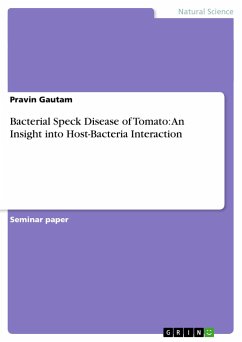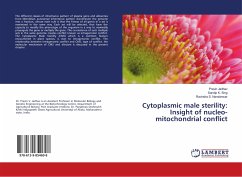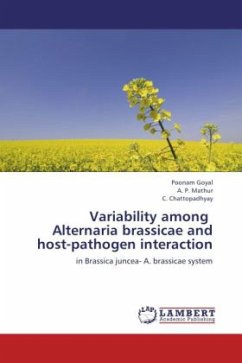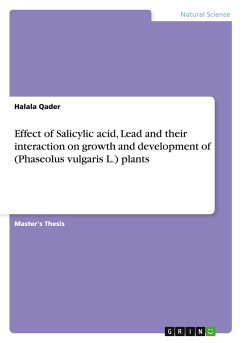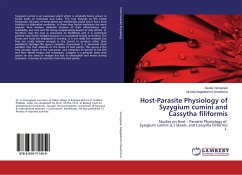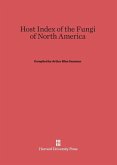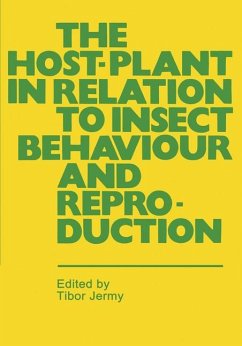Seminar paper from the year 2008 in the subject Biology - Botany, University of Minnesota - Twin Cities, language: English, abstract: Pseudomonas syringae pv. tomato (Pst) is a common pathogen of tomato which causes bacterial speck disease. This disease serves as a useful model for studying the interactions of microbial pathogens and plants. Most gram-negative bacteria, including Pst, have type III secretion system (TTSS). Encoded by hrp gene clusters, the TTSS is used to deliver effector proteins into the host cytosol. The hrp genes also control the expression of the avirulence genes (avr). One Avr protein, AvrPto, functions as ligand to elicit a hypersensitive response (HR) in the tomato plant after recognition by the protein encoded by the host resistance gene, Pto. The AvrPto-Pto interaction is the most widely studied systems. It has been discovered that Pto is linked with Fen, the gene responsible for susceptibility to an organophosphate insecticide, fenthion. Functioning of Pto requires another gene called Prf, which lies embedded in Pto. Though the system is well characterized, several aspects are still not understood. With the availability of completed genome sequence of Pst and the full sequence of tomato expected in the future, we may anticipate that our understanding of the mechanisms of this host-pathogen interaction to be improved.
Hinweis: Dieser Artikel kann nur an eine deutsche Lieferadresse ausgeliefert werden.
Hinweis: Dieser Artikel kann nur an eine deutsche Lieferadresse ausgeliefert werden.

